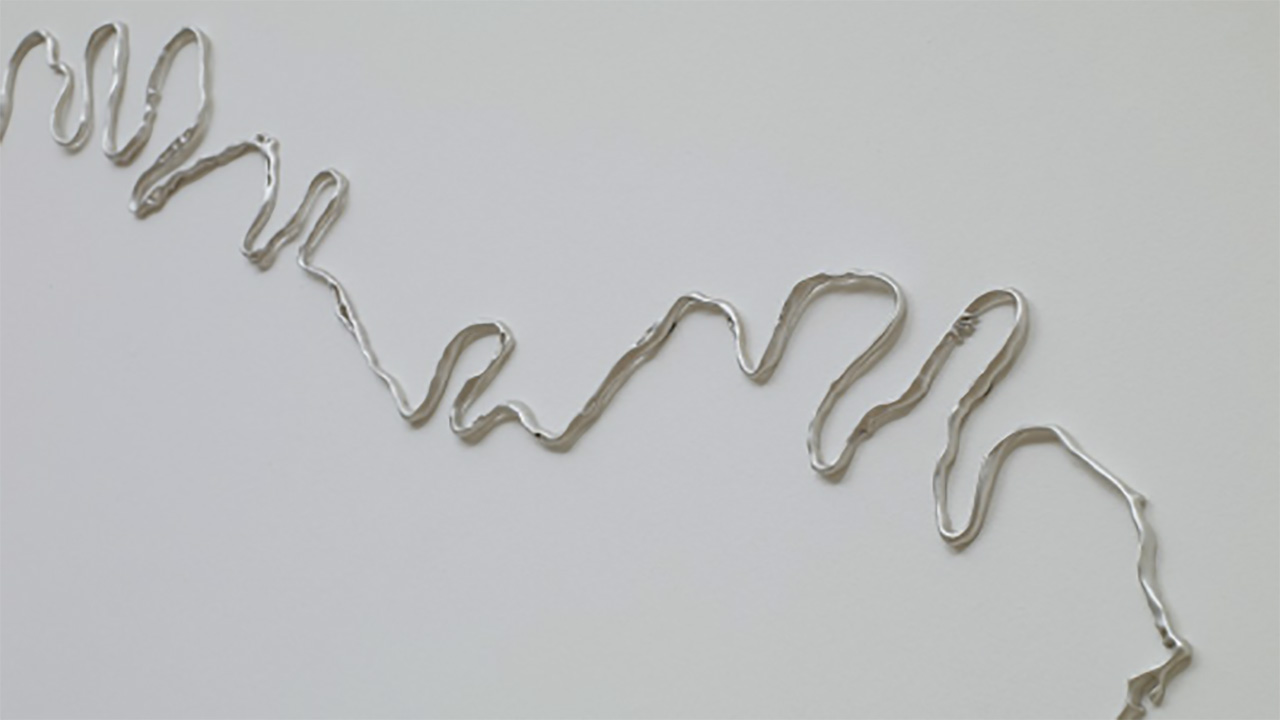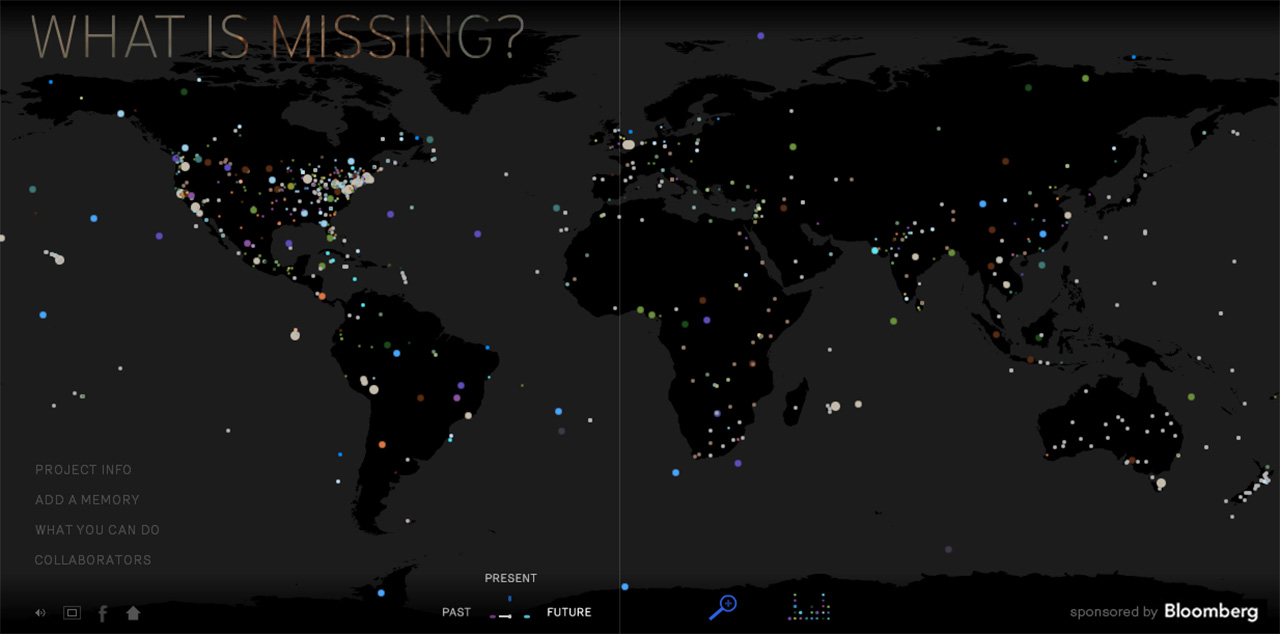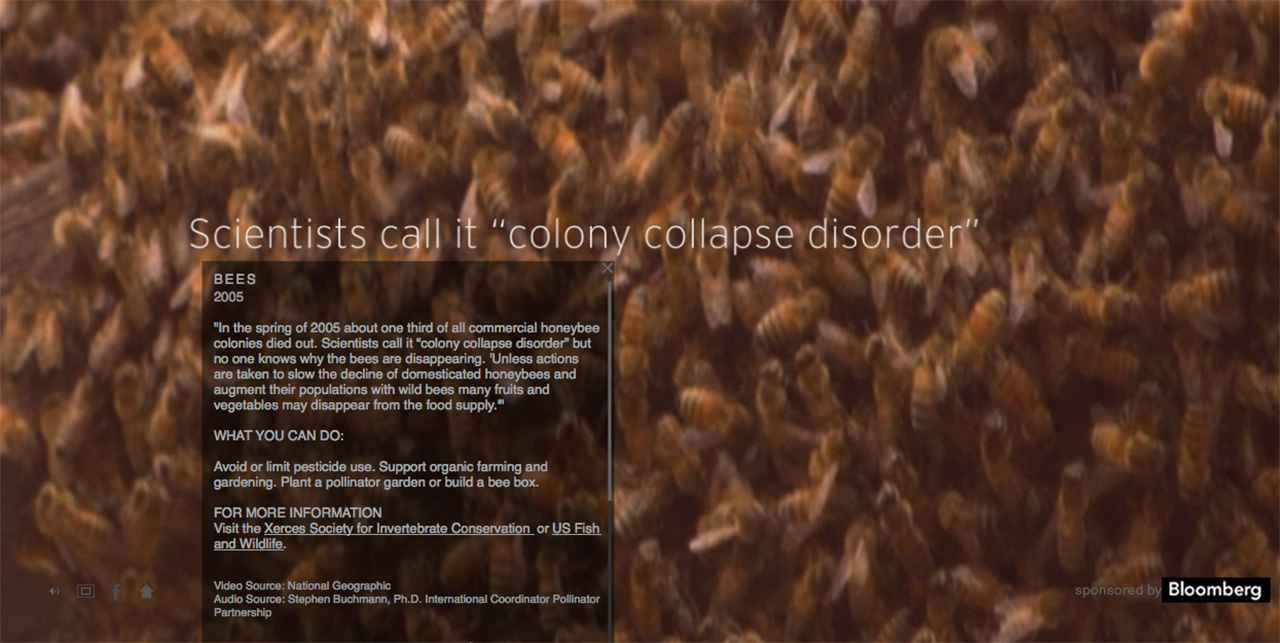While researching artists who use maps or mapping in their work, I’ve been looking at the work of artist-architect, Maya Lin, who ‘made it’ in the art world whilst still a student, with her winning design for the Vietnam Veterans Memorial in Washington DC, “where she cut open the land and polished its edges to create a history embedded in the earth”.
Since then, she’s gone against conventional advice to focus on one pathway and pursued a career in both architecture and art, using each to inform the other. From huge earthworks to delicate sculptural work in galleries to recycling churches – variations in scale and material don’t seem to daunt her – architectural scales and sensibilities at their best. As the ABOUT section of her website explains:
Landscape is the context and the source of inspiration for Ms. Lin’s art. She peers curiously at the landscape through a twenty-first century lens, merging rational and technological order with notions of beauty and the transcendental.
Utilizing technological methods to study and visualize the natural world, Ms. Lin takes micro and macro views of the earth, sonar resonance scans, aerial and satellite mapping devices and translates that information into sculptures, drawings and environmental installations.
Her works address how we relate and respond to the environment, and presents new ways of looking at the world around us.
Her latest project is even bigger than her largest earthwork to date – ‘What is Missing?‘ is a ‘memorial’ but global in its ambition and scope – essentially it’s aiming to save the world! 1 in 5 mammals and 1 in 3 reptiles are destined to become extinct within the course of our lifetime and Maya Lin believes we can do something about it.
Using data mapping and collaborative technologies, an interactive online map of the world depicts in past, present and future time and space, species that have gone, are going or will go extinct. As many of these extinctions are happening right now, visitors are encouraged to add their own memories to the site – to share their observations and stories of the living landscapes around them.
This is art at its most useful and powerful – raising people’s awareness, engaging them emotionally and inspiring them not just think differently, but to actually do something as a result.
But will they? Will this site, like the millions of other websites it shares this online space with, ultimately depend on the amount of YouTube hits, Facebook likes and Tweets it receives, or could it be powerful enough to transcend this and take on its own momentum.
The most recent example of a ‘viral’ artwork that springs to mind is ‘Blood Swept Lands’, the now infamous poppy installation at the Tower of London. Can Maya Lin’s work still generate such attention as her own original war memorial and prompt people to take action? For the sake of all those species on the line, I really hope so.
What is Missing? memorial website




